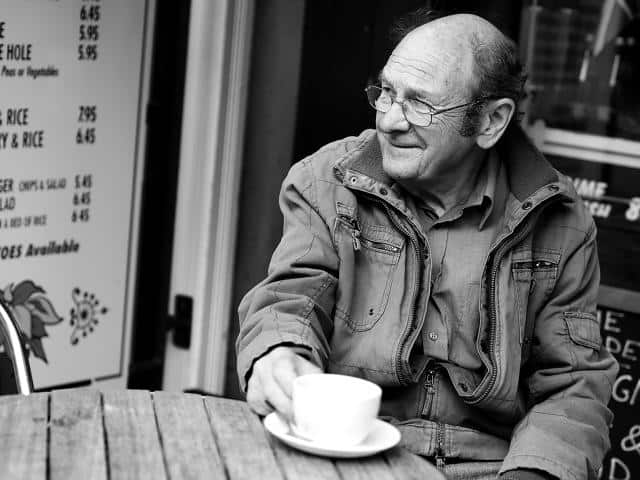This Tool Ranks The Most Livable Cities In The U.S., According To What Matters To You
Do you care more about a city with good transportation or one that’s good for making friends? This ranking will tell you what city is right for you.
If you’re thinking of moving somewhere new, here’s a useful resource for assessing the “livability” of your future potential home. The AARP’s new Livability Index covers 200,000 communities and offers a quick multi-dimensional snapshot of desirability. Just put in a ZIP or neighborhood name and the search engine returns a score out of 100.

The index isn’t aimed exclusively at retirees, even though it’s from the AARP. Rather, the idea is to offer a rounded sense of a place that goes beyond the obvious things, like unemployment levels and house prices. “AARP defines a livable community as one that has affordable and appropriate housing, supportive community features and services, and adequate mobility options, which together facilitate personal independence and the engagement of residents in civic and social life,” says the press release. “It’s a place where people can get to where they want to go, living comfortably and in good health, and being able to remain active and engaged. Importantly, the elements that make a community livable are useful for people of all ages, not just Americans 50-plus.
The beauty of the index is that you can weight each category to your liking. For example, if I weight my area for transportation and neighborhood to the maximum extent while minimizing the values for the other five categories, the score jumps from 62 overall to 82. Suddenly my area is one of the most livable in America—which is a nice idea at least.
When you leave the weightings equal, the numbers indicate that Mifflin, in Madison, Wisconsin, is the most livable place of all, followed by Manhattan’s Upper West Side (obviously affordability didn’t drag down the numbers too much) and Downtown Crossing, in Boston. San Francisco was ranked the best city for getting around and staying healthy, while Washington D.C. is the best-ranked major city for making friends. (There are different winners for smaller cities and towns).
Of course, whether a place is livable ultimately is a personal choice based on non-generalizable factors. But it’s useful to have a resource that ranges so widely across relevant factors, and it’s particularly useful to be able weight those factors according to what’s important to you.















 Accessibility
Accessibility